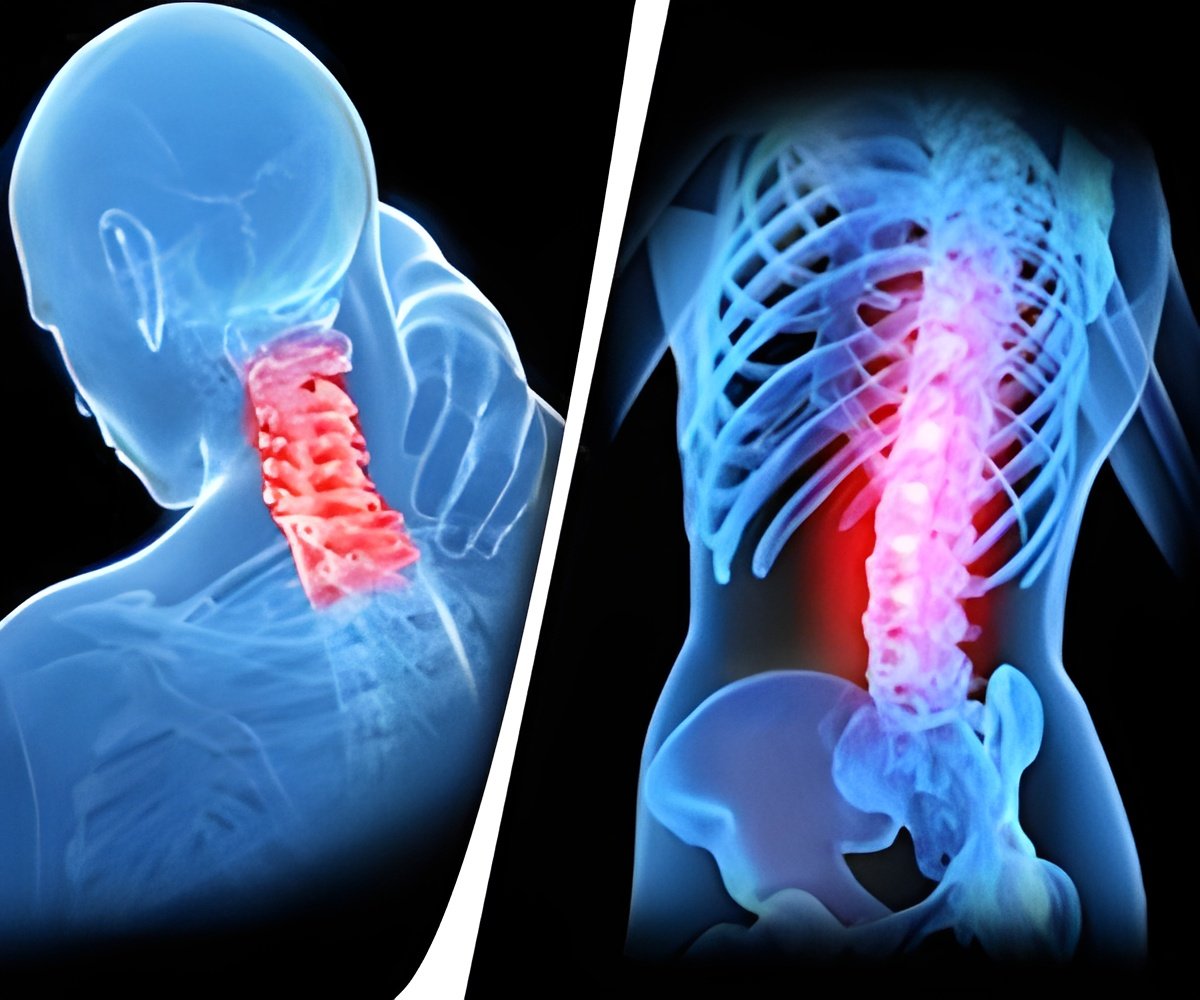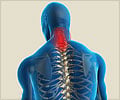Extreme sports are linked with higher risk for severe neck and head injuries, a new study reveals.

In a first-of-its-kind study, researchers reviewed 2000-2011 National Electronic Injury Surveillance System (NEISS) data for seven popular sports featured in the Winter and Summer X Games: surfing, mountain biking, motocross, skateboarding, snowboarding, snowmobiling and snow skiing. Data from the NEISS database was collected for each individual sport, and type of head and neck injury (HNI): lacerations, contusions/abrasions, fractures, sprains (neck) and concussions (head). The risk of concussion, neck fracture and skull fracture were calculated using extreme sport participation rates from the 2013 Outdoor Foundation Participation Report.
Of the 4 million injuries reported for extreme sport participants, 11.3 percent were HNI. Of all HNI reported in extreme sports, 83 percent were head injuries and 17 percent neck injuries. The data included all ages; however, teens and young adults accounted for the highest percentage of extreme sport injuries. Other findings included:
- The four sports with the highest incidence of HNI were skateboarding (129,600), snowboarding (97,527), skiing (83,313) and
- Concussions were the most common HNI injury among extreme sports participants. The risk of suffering a concussion was highest in snowboarding and skateboarding.
- Skateboarders also were found to have the highest risk of skull fractures.
- Surfers had the highest risk of neck fracture with a risk 38 times greater than skateboarders.
- The incidence of extreme sports head and neck injuries increased from 34,065 in 2000 to 40,042 in 2010, although the trend was not consistent year-to-year.
The findings provide "an opportunity for sports medicine and orthopaedic surgeons to advocate for safer equipment, improved on-site medical care, and further research regarding extreme sport injuries," said Dr. Sabesan. The Academy recommends helmet use for biking, skiing, snowboarding and other sports.
Advertisement
Source-Eurekalert











